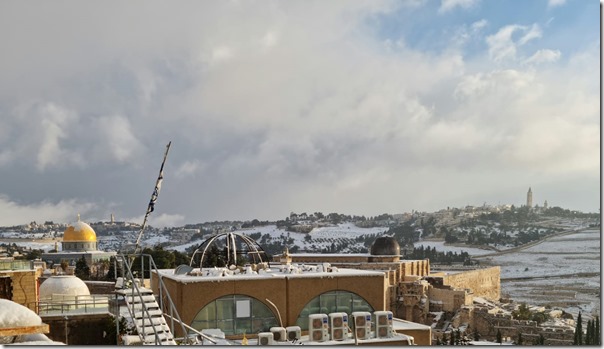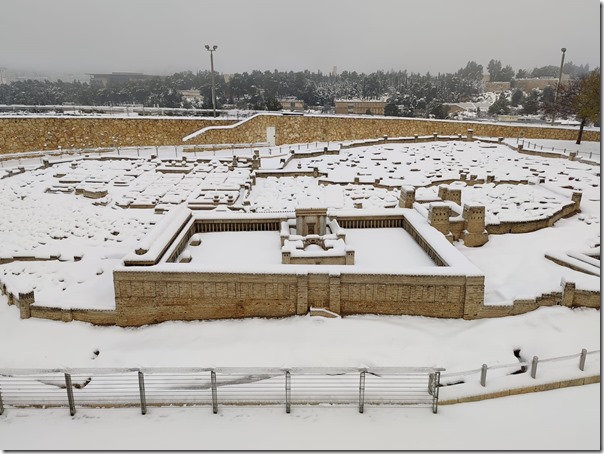A $3 million grant will allow the National Campus for the Archaeology of Israel to open by the end of 2022, more than 8 years after its original schedule.
“A new study of trash heaps at rest stops along the ancient Incense Route in the Negev Desert shows it was a two-way street for trade.”
Hybrid conference on May 18: “The First International Academic Conference on New Studies in Temple Mount Research,” featuring many important scholars in Jerusalem studies. Registration and a small fee is required.
“Australia’s only academic program dedicated to the study of Ancient Israel was officially launched at the Australian Catholic University (ACU) last week.” The program will support a new archaeological excavation at Lachish.
In Haaretz, Ruth Schuster uses a recent essay published by Shimon Gibson to discuss the location of where Jesus was baptized. Don’t expect much; this is the worst article I’ve read this year.
Andy Cook has released a new video about the Dead Sea, including drone footage that shows how much the water has receded in the last century.
John DeLancey’s latest devotion from Israel is on Psalm 23. Another recent video shows his run up Masada’s Snake Path.
David Moster addresses the question, “What did ancient Hebrew sound like?” in a new 6-minute video.
Three Hebrew speakers—one Yemenite, one Samaritan, and one Israeli—have a 20-minute conversation to see if they can understand each other.
New release: His Inheritance – A Memorial Volume for Adam Zertal, edited by Ralph K. Hawkins, Erasmus Gaß, and Dror Ben-Yosef (Ugarit-Verlag, 2022).
Abigail Leavitt gives some background to the writing of her new book, The El-Burnat (A) Structure(s): Joshua’s Altar?
Philip Long is leading a tour around Israel now, and he describes some new sites in Jerusalem he visited earlier this week.
Aren Maeir shares photos from the (short) spring season at Tell es-Safi/Gath.
Walking the Text’s recommended resource of the month is Biblical Backgrounds. (I will have more to say about the resources of this fine organization soon, but I’m happy to spread the word now.)
HT: Agade, Joseph Lauer, Arne Halbakken, Charles Savelle

